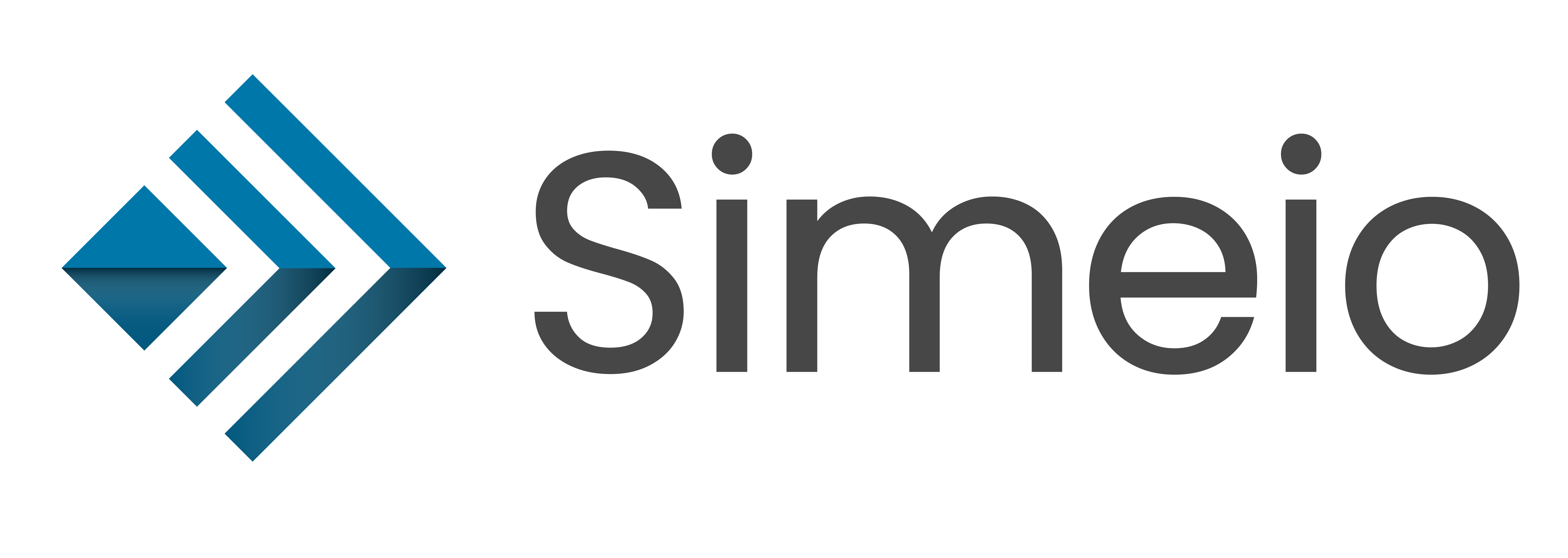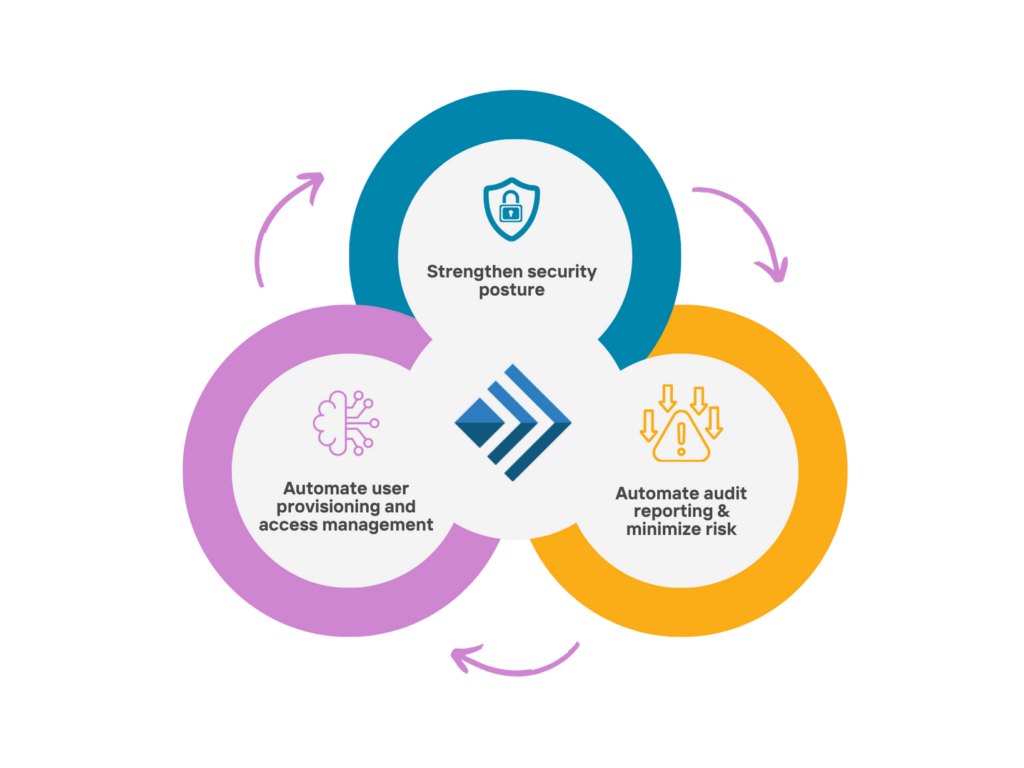How Simeio Enabled Long-term Growth for a Rising SME
Industry: Retail | Size: 1k≤ | Annual Revenue: $100 MN-$500 MN | Service Area: North America
The Challenge: Time to Plan a Digital Transformation
As a fast-growing direct-to-consumer (DTC) platform in the outdoor recreation space, the client faced mounting identity and access management (IAM) challenges as it scaled operations and expanded through mergers and acquisitions.
Multiple identity environments, legacy integrations, and inconsistent role-based access controls created risk and operational friction. The client’s existing IAM architecture—centered around Okta—required optimization to ensure consistency, automation, and security across its growing user base.
The lack of native privileged access management (PAM) and limited governance made it difficult to enforce least privilege or monitor sensitive access—especially during M&A events.
The client also faced pressure to secure third-party access and eliminate lingering entitlements through automated joiner-mover-leaver (J-M-L) workflows. Business leadership was focused on balancing seamless user experience with strong security—particularly against third-party cyberattack vectors.
To move forward confidently, the organization needed a scalable solution to centralize control, strengthen governance, and protect privileged identities—without slowing innovation or overloading internal teams.
Simeio Competitive Edge
Simeio brought a unique advantage to the engagement: a comprehensive blend of managed services, strategic advisory, and proprietary tools like Simeio IO. This combination enabled the client to accelerate application onboarding, reduce time-to-value, and overcome internal resource constraints.
Unlike providers tied to a single platform, Simeio’s vendor-agnostic approach allowed for seamless integration across the client’s existing identity stack—including Okta and future PAM tools—while tailoring the solution to meet specific security, governance, and operational goals. With deep expertise across the IAM lifecycle, 24/7 support, and a commitment to delivering measurable outcomes, Simeio provided the trusted partnership the client needed to modernize with confidence.
Comprehensive Solution
To support evolving IAM needs—especially through M&A activity—the client required stronger governance, improved collaboration between IT, HR, and business units, and tools to align identity strategy with business goals. Simeio began with a tailored advisory and assessment engagement focused on identifying key pain points and long-term objectives.
After uncovering provisioning inefficiencies, inconsistent policies, and integration gaps, Simeio designed a solution aligned with the client’s environment. The resulting identity improvement roadmap prioritized automation, governance, and scalability.
The engagement then moved into managed services. Simeio aimed to streamline IAM processes, enhance security, and support long-term growth. Implementing SailPoint Identity Security Cloud enabled scalable governance while maximizing the client’s investment in Okta.
This collaborative approach delivered a standardized, future-ready IAM framework—balancing automation and control, reducing operational friction, and enabling the client to maintain a secure, compliant identity program that evolves with business needs.
Results
Simeio delivered measurable, high-impact outcomes that modernized and stabilized the client’s IAM environment. The four most significant results include:
A 25% reduction in helpdesk tickets through the automation of provisioning and password management, easing the burden on IT support teams.
A 40% decrease in access-related security incidents, driven by stronger controls like adaptive MFA and automated deprovisioning.
Accelerated identity migration to a standardized IAM framework, minimizing disruption and enabling faster, more consistent onboarding.
Significant cost savings achieved by streamlining IAM operations and optimizing system configurations, reducing long-term management expenses.
These results positioned the client for long-term scalability, improved security, and greater operational efficiency across their growing enterprise.


